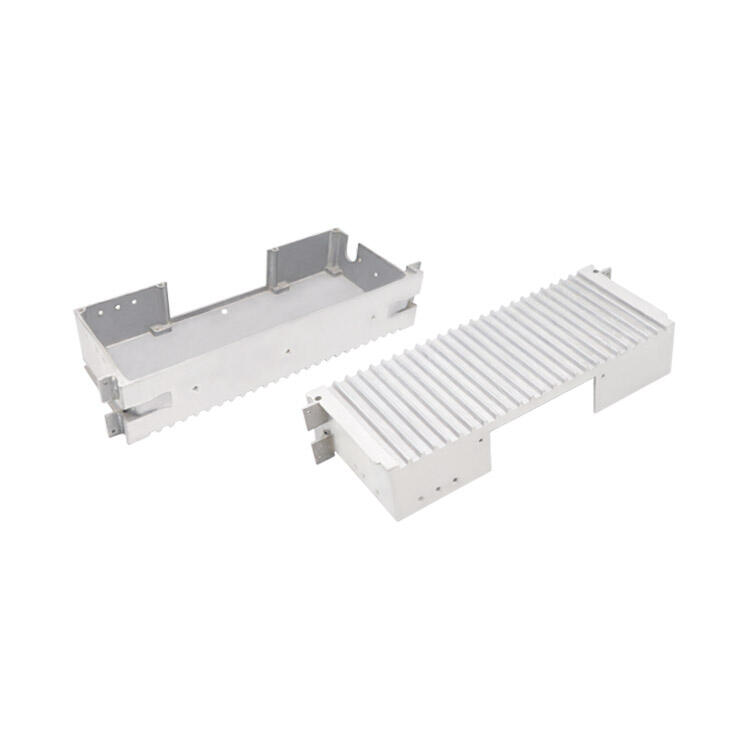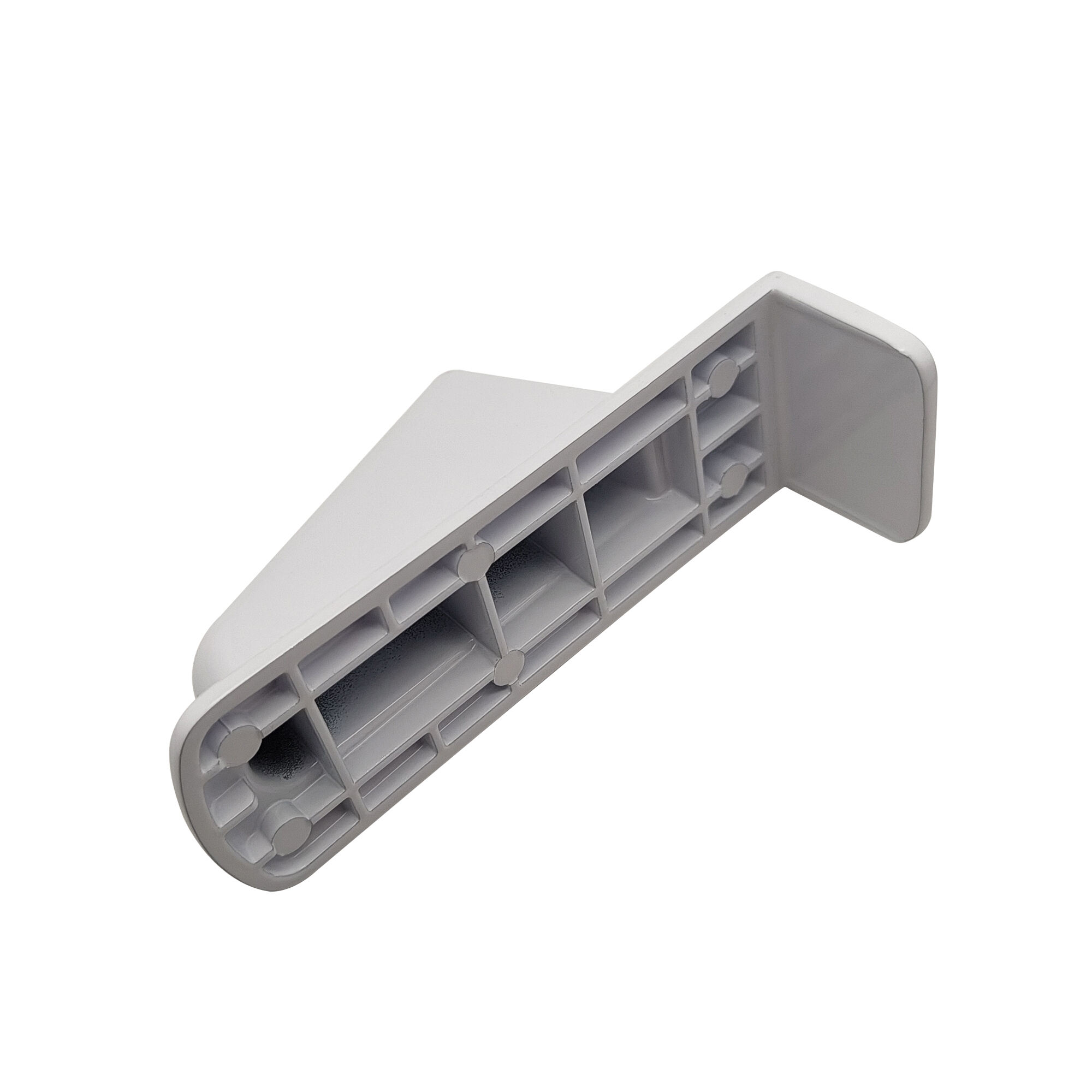I. Introduction Of Foundry Process
Casting is one of the most flexible and cost-efficient manufacturing methods for producing metal parts. Metal casting is the process of pouring molten metal into a mould and allowing it to solidify in its shape of cavity. In this post we will discuss two of the most common methods, Die casting and sand casting as well as their differences along with which one is suitable for what application.

II. Die Casting Fundamentals
Die casting is a metal casting process that is characterized by high forcing factor, with regard to the dosing of molten metals into the molds. Die Casting uses a process that involves the use of reusable steel molds, or dies, into which molten metal is forced under high pressure. It is also especially famous for manufacturing parts that have intricate geometries and fine detail.
How the Process of Die Casting Functions:
The Casting of Die: The method begins with the preparation of a die, an exclusive mold that is complex and precise.
Heating molten metal, usually a non-ferrous alloy such as: aluminum; zinc and; magnesium to the required temperature.
This molten metal is then injected into the die cavity with high pressure and at top speed to completely fill up the mold.
After the die is opened, and then we will throw out the part as well.
Frequent Materials for Die Casting
It suits many non-ferrous metals, however the most gravity its largest consumption among aluminum alloy and zinc based alloys due to their practical properties like strength, Wear resistance & lightness on weight.
III. Sand Casting Fundamentals
An ancient process which is currently vastly used for casting is the sand casting, nowadays as simply sand molded or modernly with complete new technological advancements i.e., additive manufacturing technology of creating 3-D printing patterns in founding industry [1]. Moulding Ssnd molding is one type of sand casting technique, which involves using a mold made from a mixture of fine sand and liquid silica packed around the gage to form the mould cavity
The Sand Casting Process in a Nut Shell
A mould of the desired part is done, and then coated by a facing material placed in flask which consists of sand.
By compacting the sand around this pattern, a mold is made.
Removing the pattern creates a cavity in the sand.
The liquid metal is poured into the space, solidified and sand broken away to reveal [the casting].
What Materials are Commonly Used in Sand Casting?
Whereas sand casting can handle more types of materials such as steel, iron, brass and bronze both ferrous and non-ferrous.
IV. A Die Casting vs Sand Casting Process Comparison
Mold and Die Construction
There is a certain level of tooling and engineering that goes into creating reusable steel dies for die casting.
In sand casting, a pattern is used to create the mold and it is made for every single cast.
Pressure of Casting and Flow Metal
Die casting high pressure metal into the mold, so that can fill, dense microstructure.
Sand casting requires the action of gravity to fill the mold, which can create problems where air becomes trapped and porosity occurs in final part.
Reactor Speed and Efficiency
This means it is easily adaptable to mass production, so die casting is one of the most automated processes with minimal cycle times.
The disadvantage of sand casting is that it usually takes more processing steps and time to mass production than investment casting.
V. CASTING SUITABILITY AND POSSIBILITIES FOR APPLICATIONS
Materials and Their Properties General comparisons
Die casting is used with non-ferrous metals, because the higher melting points of other materials makes them likely to ruin the tool.
It is compatible with a larger number of materials and can construct the more substantial objects like ferrous metals]<=]=-SAN_CASTING[>=.
Nature of Components Manufactured Size Complexity
Die casting is among the best for creating parts with detailed geometries and thin walls.
Sand castingLarge parts, simple geometries
Compatibility With Different Metal Alloys:
The specific alloy properties and the casting process requirements may influence the choice of casting method.
VI. Print Speed and Tolerance Output Quality
Die Casting vs Sand (Forging) Alloy333.33208-0.00062CobreB1916092Cu90 With/Without Heat Treatment???
Die casting provides higher dimensional accuracy with closer tolerances.
It typically has looser tolerances than other casting techniques and needs much more machining.
Quality of Surface Finish on Cast Parts
Additionally, die casting benefits from steel dies so that the surface finish turns out smoother.
The surface finish may be coarser (from the texture of the sand mold).
Tasks After Casting:
Sand castings may require more post-process finishing, while die casting usually requires minimal such work.
VII. Economies of Scale and Production Costs
Set Up Tooling and Equipment Costs
Although initial tooling and machinery costs are higher for die casting.
Up front, sand casting has a cost advantage with lower initial outlay than die or lost wax.
Cost per Part Comparison
Amortization of tooling cost leads to lower costs per part in high-volume production for die casting companies.
For smaller volumes or prototypes, sand casting could be a more cost-effective option.
When Considering Mass Production the Economies of Scale Are:
Because it can be accomplished efficiently and automatically, die casting is ideal for mass production.
For smaller production runs or more complex shapes, die casting may be too expensive and time consuming. Sandcasting can deliver the goods..
VIII. Applications and Examples in the Industry
Applications of Dies Castings
Due to the high precision and strength requirements, die casting is very common in industries such as automotive, aerospace and electronics.
Where Sand Casting is Best Suited Industries
Sand casting is a more versatile process with great adaptability in many industrial fields such as heavy machinery, construction and large metal parts manufacturing.
Die Cast vs Sand Casting — Case Studies
Explain the benefits and limitations of each casting method for specific applications by means of real world examples.
IX. Post Casting Operations and Finish
Die Castings Finished by Finishing Processes
Heat treatment, surface plating or painting can be performed on the die castings to improve its properties.
Post-Casting Process Comparisons
The exact post-casting process depends on the type of casting you do, as well as what material it is that one casts.
X. ENVIRONMENTAL CONSIDERATIONS
Die Casting and Sand Casting Energy Use
Die casting can also have a greater energy input which is true to mature high-pressure die casts that cause very large temperatures.
While sand casting is an energy-efficient process, it also produces a great deal of waste.
Waste Material and Recycling:
The process of die casting produces minimal wastage, as the dies are reusable.
While sand casting often produces a great deal of waste (sand whether it is new or reclaimed), they castable can be re-used pretty easily.
None of it is environmentally clean
FUN FACTS: Both entail environmental concerns, from energy consumption to waste treatment & emissions.
XI. Challenges and Limitations
Limitations of Die Casting
Die casting may only be done with certain materials and can have significant initial costs in tooling.
Limitations of Sand Casting
Sand casting will be more labor-intensive but may yield less accurate control of features.
Challenges In Each Process Solved
Each of these casting methods has its challenges, Technologies and Process optimization can also help overcome such hurdles.
XII. TREND IN THE FUTURE AND EMERGING TECHNOLOGIES
Advances in Die Casting Technology
An ongoing research and development is pushing the die casting boundaries, meaning that formative efficiency improvements in addition to material advances designed for future work capacities are continuously on the horizon.
Improvements in Techniques for Sand Casting
Unfortunately, the advancement in mold materials and process introduces sand casting into modern life.
The Future Of Casting: Horrific With Technology
Casting is being radically improved by automation, simulation software and additive manufacturing greatly improving the quality of castings while also driving down costs.
XIII. Conclusion
In Short — Die Casting vs Sand Casting Both die casting and sand casting are important metal casting processes, based on different techniques, with each one having its advantages for certain applications. While die casting is great for large production runs of small, precision parts with complex geometries sand casting can handle anything in any metal that fits inside its massive flask. It is essential for manufacturers to know the distinctions between these two processes in order to determine which casting procedure they should employ so as to meet their specific requirements. With the further advancement of technology, die casting and sand casting will likely grow not only less costly but more environmentally friendly.
Table of Contents
- I. Introduction Of Foundry Process
- II. Die Casting Fundamentals
- III. Sand Casting Fundamentals
- IV. A Die Casting vs Sand Casting Process Comparison
- V. CASTING SUITABILITY AND POSSIBILITIES FOR APPLICATIONS
- VI. Print Speed and Tolerance Output Quality
- VII. Economies of Scale and Production Costs
- VIII. Applications and Examples in the Industry
- IX. Post Casting Operations and Finish
- X. ENVIRONMENTAL CONSIDERATIONS
- XI. Challenges and Limitations
- XII. TREND IN THE FUTURE AND EMERGING TECHNOLOGIES
- XIII. Conclusion

